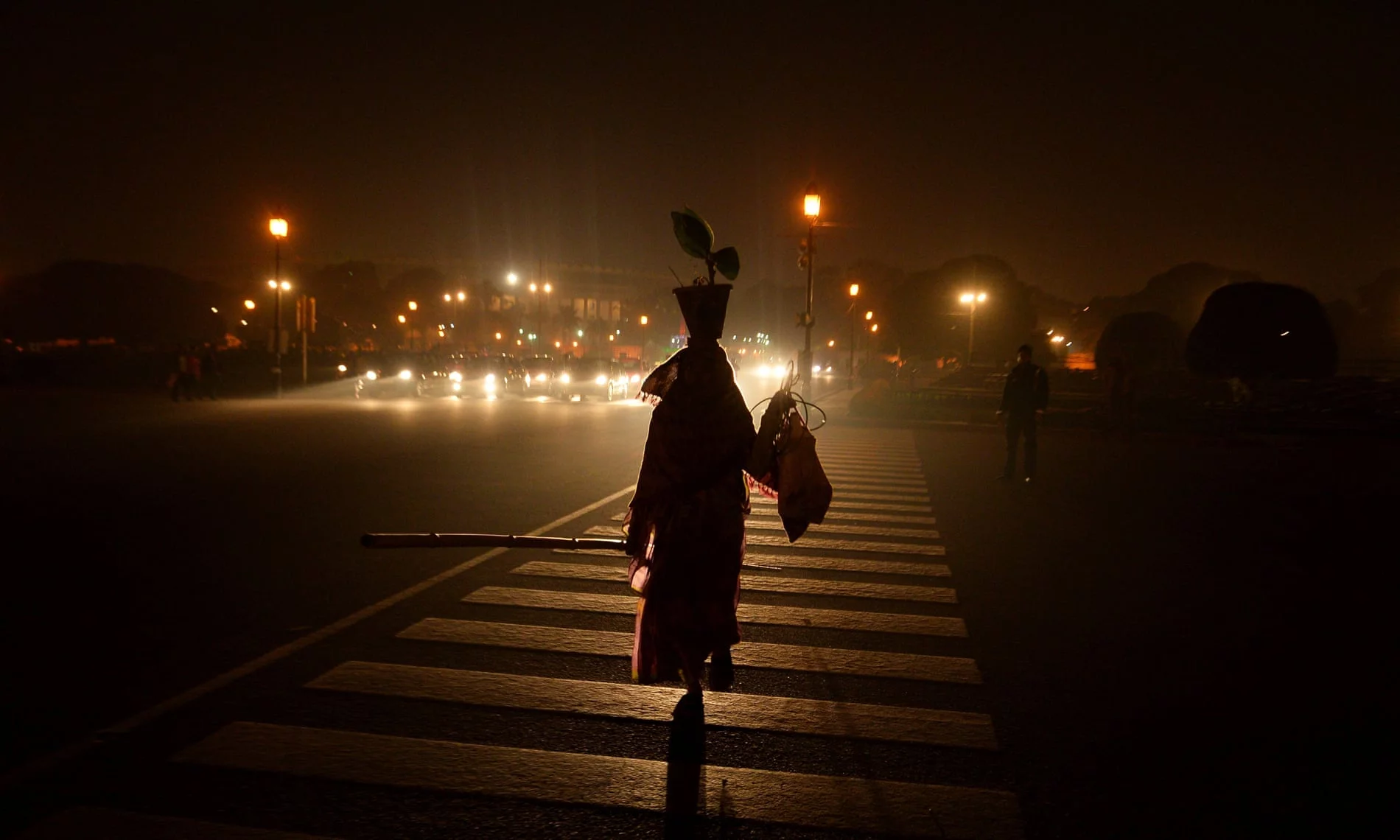Featured December 15, 2018
Short Link:What would an ideal city that is safe for women look like?
Most cities have not been designed with women’s safety in mind but, from Egypt to Rwanda, new technology, design and education are reducing the threat of violence on the street.
Ariana News Agency- sexual violence has rarely been so high on the news agenda. Since allegations against the movie producer Harvey Weinstein started to emerge in October last year, the global problem has finally become a mainstream issue. The United Nations has estimated that one in three women have experienced physical or sexual violence, with 120 million girls around the world having been forced into sex acts.
The repercussions go beyond the physical and psychological toll on individuals who have been attacked. Harassment and fear of violence can impede free movement of girls and women and stop them reaching their full potential, both socially and economically. “If women feel afraid,” says Laura Somoggi, who manages the biennial Womanity award for the prevention of violence against women, “it could undermine their ability to work or go to school or university which affects their empowerment, their rights.” Fear of attack is a bar to women escaping poverty.
On a recent visit to Delhi, Somoggi witnessed the long-term impacts first-hand. “If girls are harassed and tell their parents about it, their parents will tell them not to go to school. They’re not going to try to solve the problem. It’s a massive social issue.”
Part of the problem is that cities have been “planned by men, for men”, says Somoggi, who lives in London but is originally from São Paulo.
While sprawling metropolises cannot simply be razed and rebuilt, a number of measures can be taken to make streets feel safer and to keep women more secure when moving around the city. And more than ever, women are being consulted in planning new urban developments.
In June, a panel of world experts polled on global women’s issues by the Thomson Reuters Foundation found India to be the most dangerous country for women. The vicious gang rape and murder of the medical student Jyoti Singh on a Delhi bus in 2012 brought women on to the streets to protest, and along with their fury, grief and fear came powerful ideas for change.
In 2013, Kalpana Viswanath co-founded SafetiPin, an app that aims to help women stay safe by letting users rate streets and areas for safety criteria such as lighting, visibility, people density, gender diversity, security and transportation. It also aggregates safety data, partly provided by its users, for use by local government and planners. SafetiPin now has 51,000 points of data for Delhi alone, and offers users “safest routes”, helping them navigate the city with less risk.
Another function of the app allows women to have someone they trust track their journey. “We find a lot of women are able to travel at night using these two features,” says Viswanath. “It gives them confidence to travel around the city.” And the more women venture out, the busier – and safer – the streets become.
To help make the app’s data comprehensive, SafetiPin’s crowdsourced data is augmented using photography. “We use an app on a windscreen of a moving car which automatically takes photographs every 50 metres,” says Viswanath. “We map the entire city using photographs, and supplement that with user data.” Google Earth and Street View are also consulted for extra perspectives but SafetiPin’s data is dynamic, Viswanath says, responding to a constantly changing city.
In Delhi, the team identified about 7,800 dark spots where the lighting score was zero. Based on this information, says Viswanath, government departments in charge of lighting in the city “improved 90% of the lighting deficit”. SafetiPin has now been contracted by local authorities to make recommendations on how to make metro stations, bus stops, tourist spots, public toilets and parks more woman-friendly.
The free app can be used anywhere in the world. So far there has been significant participation in 50 cities (25 in India) and SafetiPin is advising local authorities or organisations in 10 of them. In Hanoi, for instance, says Viswanath: “They’re building a new metro line and before building it they’ve asked us to do an audit of where they’re going to have their stations. They’re including women’s safety in the design.” In Bogotá, SafetiPin data has been consulted to make bike trails safer, “determining where to improve lighting, place CCTV and place bike stands so women will feel comfortable using them at night,” says Viswanath. Next stop: South Africa – thanks to winning this year’s Womanity award. SafetiPin will team up with a number of local organisations to map areas of safety – and are particularly keen to address the unsafe minibus taxis that many women have to use to travel to work.
Collective Point 6 is a cooperative of feminist architects, sociologists and urban planners who have been trying to build equality into Barcelona’s streets for a decade. Visibility is key, says member Sara Ortiz, but there’s more to it than lighting. “In well-lit places where there is no activity, no eyes on the street, people are not going to feel safe anyway,” she says.
“Eyes on the street” means both activity on the streets in terms of footfall and what’s going on in the buildings that line them. “Whether it’s commercial [properties] or not,” Ortiz says, “there should be transparency.” From inside you can see outside, and vice versa. After all, violence against women often happens behind closed doors. Affluent neighbourhoods can be the worst offenders in this respect, with high walls shielding homes so that the streets feel like a tunnel.






